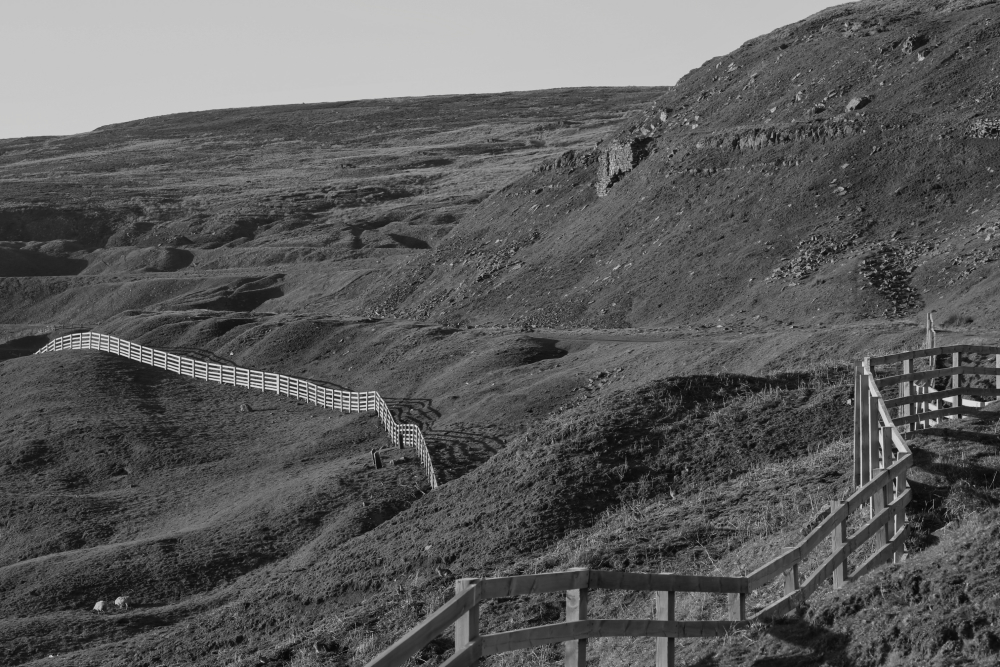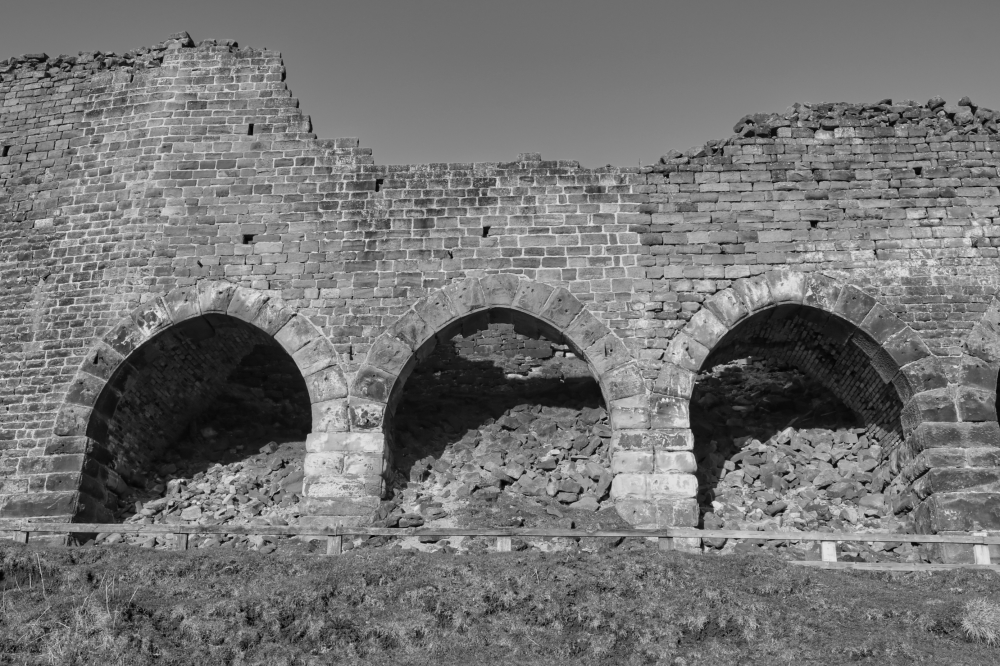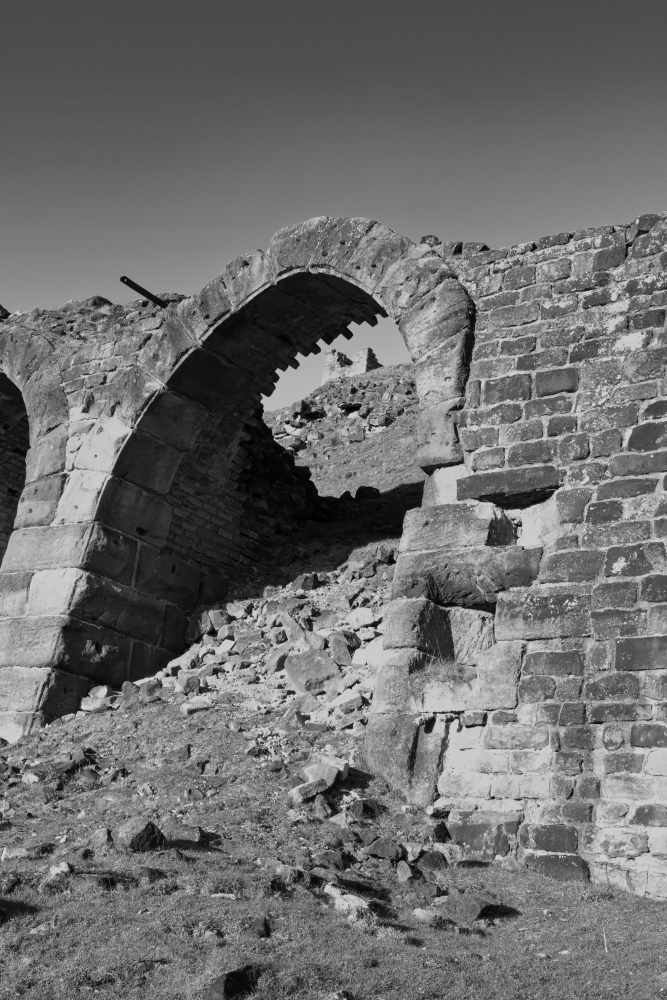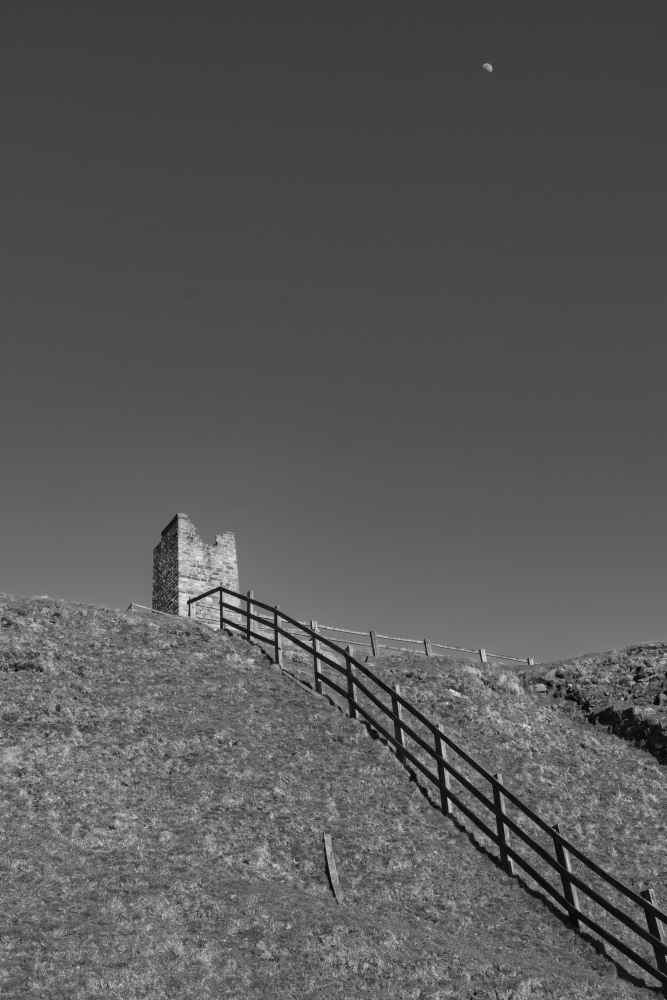I live on the edge of the North York Moors National Park, an area well known for it’s industrial archaeology. Mining (for alum, iron, coal and jet) and quarrying (for stone, sands and gravel) have always played a part in the local economy and have left their mark on the landscape
Iron ore has been sought after and processed since later prehistoric times but there was a boom in the industry from the middle of the nineteenth century. There were dozens of ironstone mines within the National Park, together with several short-lived blast furnace sites.
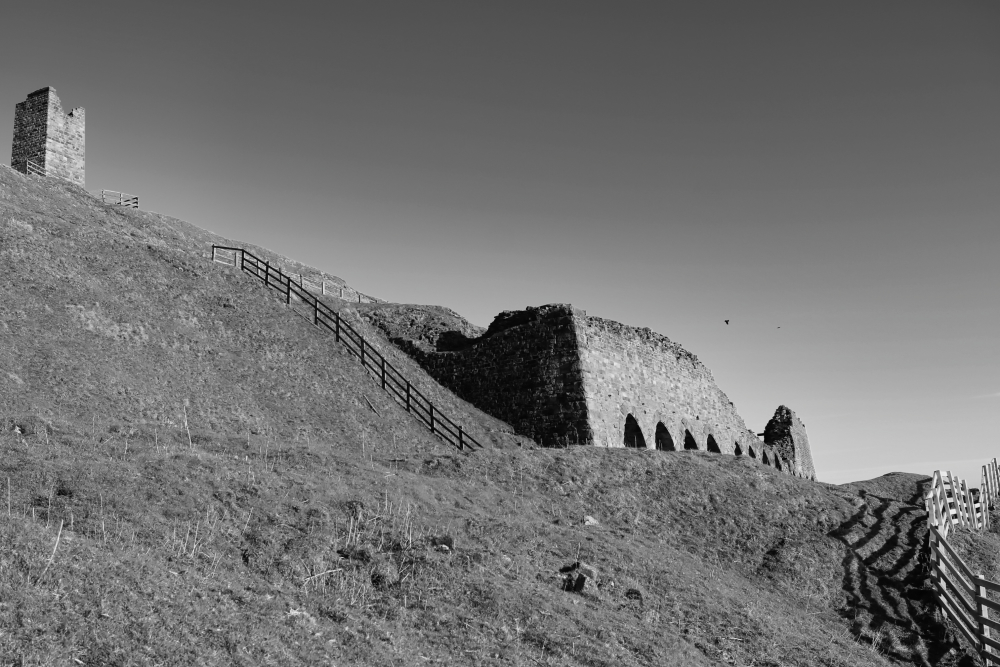
In particular, high-grade magnetic ironstone was found in Rosedale, and between 1856 and 1926 a huge industry was based in this remote valley. The effects were dramatic – in 20 years the population rose from 558 to nearly 3,000; many new buildings were erected including a school-cum-hospital; great kilns were built to process the ore; and a railway was built around the head of the dale to serve the mines.
The crumbling iron kilns are well worth a visit and I particularly like to go at sunset when the light playing across Rosedale is just breathtaking.
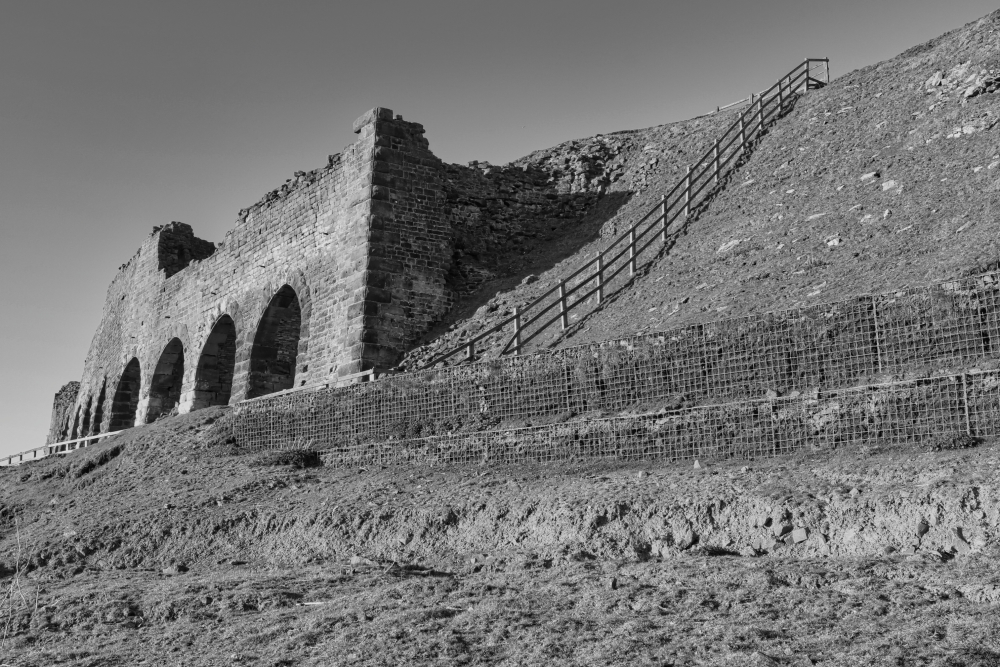
This history of the iron industry has been celebrated in a four-year Lottery funded project which has seen major building conservation work completed at Rosedale Bank Top and iron kilns, Warren Moor Mine, Esk Valley Mine, and on the Rail Trail Bridges and Combs Wood. The scheme included a budget of £100,000 to carry out conservation work on these Rosedale iron kilns, but it has become apparent about £1m is needed to conserve them due to their “perilously fragile condition”.
Of course the fear is that if the kilns are restored and given a much greater profile they will attract large numbers of visitors and lose their special appeal. Last night I had the place to myself for the two hours I was there and only met a woman trying to restore a lost lamb to it’s mother near where I had parked my car back in the village. Park your car near the old Methodist Chapel in the village of Rosedale East then, to get to the kilns, just follow the track up the hill, through a farm yard of hens and ducks, then up to the moorland above – you can’t miss them!
